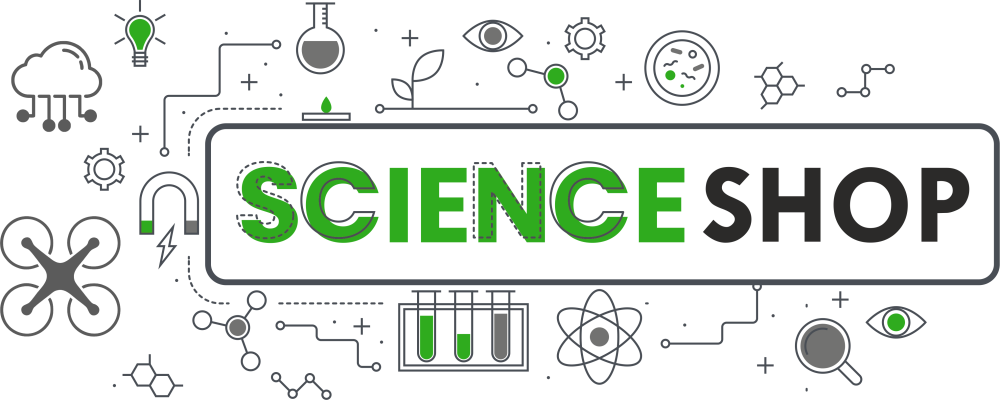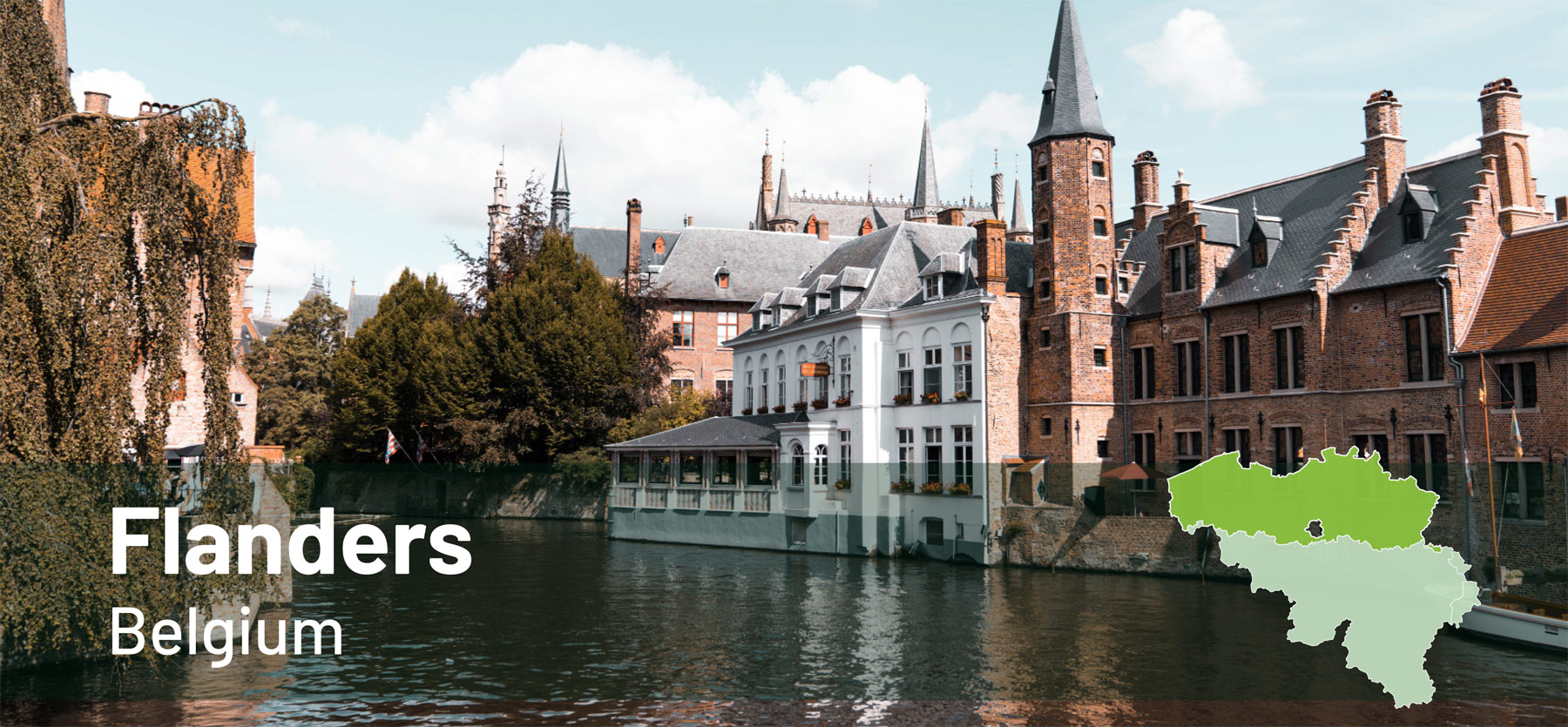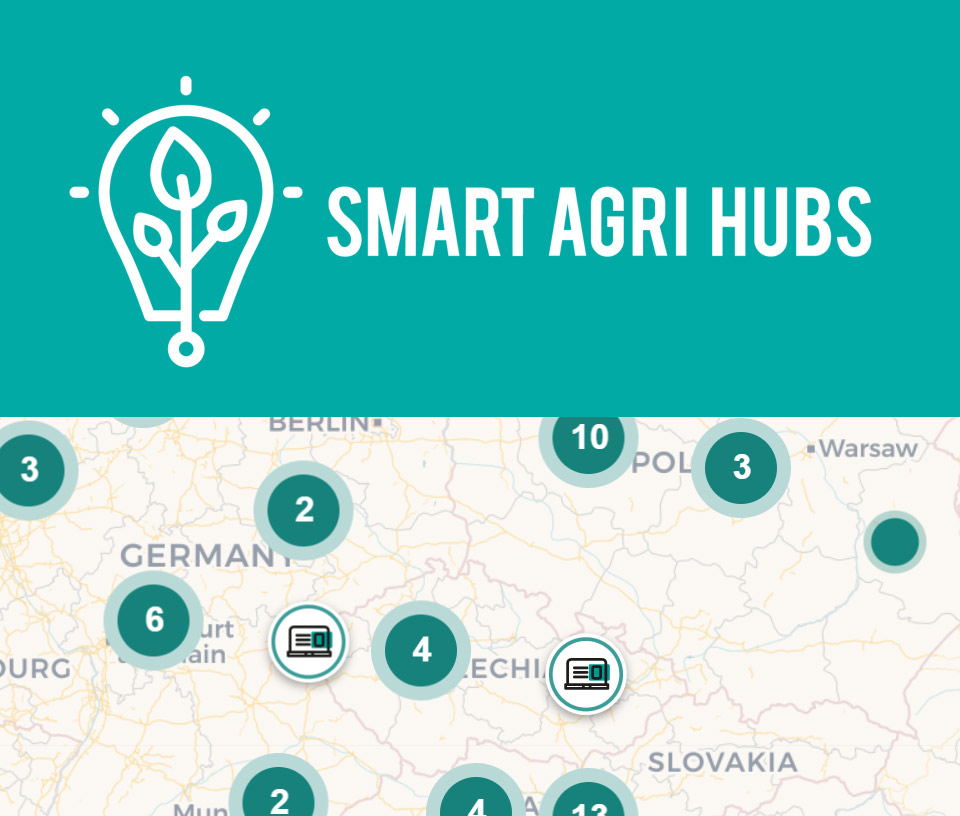We are building community focused on knowledge base - digital innovation hub Let's join the community.
Añadir comentarios
OVERALL AMBITION OF POLIRURAL DIH

The overall ambition is to design, develop and introduce a platform that which will be modified on the base of real experiences during the project and prepare complex solutions, transferable to pilots and other regions. In addition to that, Polirural DIH aims to offer a solution for the global promotion of pilots. This DIH integrated technology, datasets and libraries in one infrastructure with a complex user-oriented portal in the Web environment. The DIH can connect end-users with developers or researchers to improve the impact of the demo applications or case studies by short-chain feedback from end-users. End users can join larger communities around the DIH to get advice, cooperation potential and access to modern technologies utilisation.




